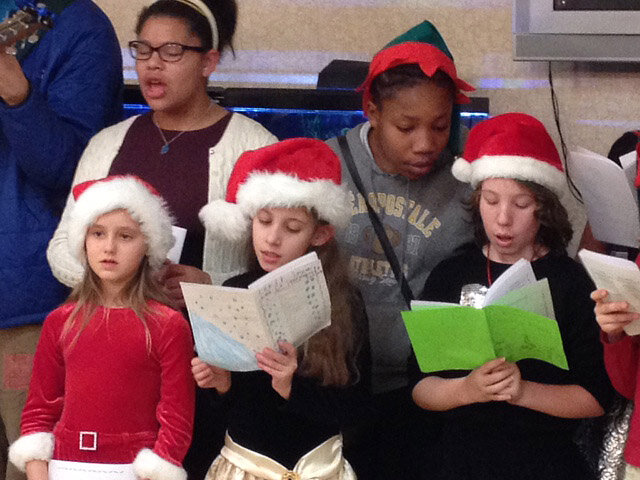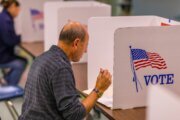While diversity among the teacher workforce is growing slightly, people of color are increasingly choosing careers outside of the classroom, according to new data from the National Council on Teacher Quality.
Broadly, the report said the diversity of the teaching workforce is growing at a slower pace compared to the diversity of college-educated adults.
“The research shows us that teachers of color produce additional positive benefits for all students, and especially teachers of color are more likely to produce stronger benefits for students of color,” said Heather Peske, NCTQ’s president. “These benefits include positive outcomes in academic areas, positive social-emotional and behavioral outcomes for all students, regardless of race.”
From 2014 to 2022, the percentage of teachers from historically disadvantaged backgrounds increased from 18.3% to 21.1%. The group defined historically disadvantaged backgrounds as American Indian, Black, Hispanic, Islander/Pacific Native and two or more races.
The percentage of college-educated adults in those racial groups also increased in that period — from 17.2% to 22.6%. However, previously, NCTQ said the teaching workforce was more diverse than the overall population of working professionals.
But now, Peske said, “What we’re seeing is that our teacher workforce continues to lack racial diversity.”
In the 1980s and early 1990s, Peske said Black and Hispanic college graduates were more likely than white and Asian college graduates to pursue a career in education. But, as of 2020, “the teacher workforce has become less racially diverse than the broader population of college-educated adults,” she said.
In the D.C. region, the District leads its neighboring states with a more diverse teacher workforce by 32% and 26%, respectively.
In Virginia, “the gap has changed by about 2.6 percentage points in the last decade when we look at working-aged adults with degrees from historically disadvantaged groups compared to teachers from historically disadvantaged groups,” Peske said.
In Maryland, according to the group’s data, “there are eight percentage points fewer teachers from historically disadvantaged groups than we would expect,” Peske said.
But in D.C., Peske said, “We see that there are about 34 percentage points more teachers from historically disadvantaged groups than we might expect when compared to working-aged adults from historically disadvantaged groups with degrees.”
The group compiled the report using federal data.
Peske said teacher prep programs could use the data “like a road map to see to what extent teacher preparation programs in your region are leading towards a more diverse teacher workforce.”
Get breaking news and daily headlines delivered to your email inbox by signing up here.
© 2024 WTOP. All Rights Reserved. This website is not intended for users located within the European Economic Area.








